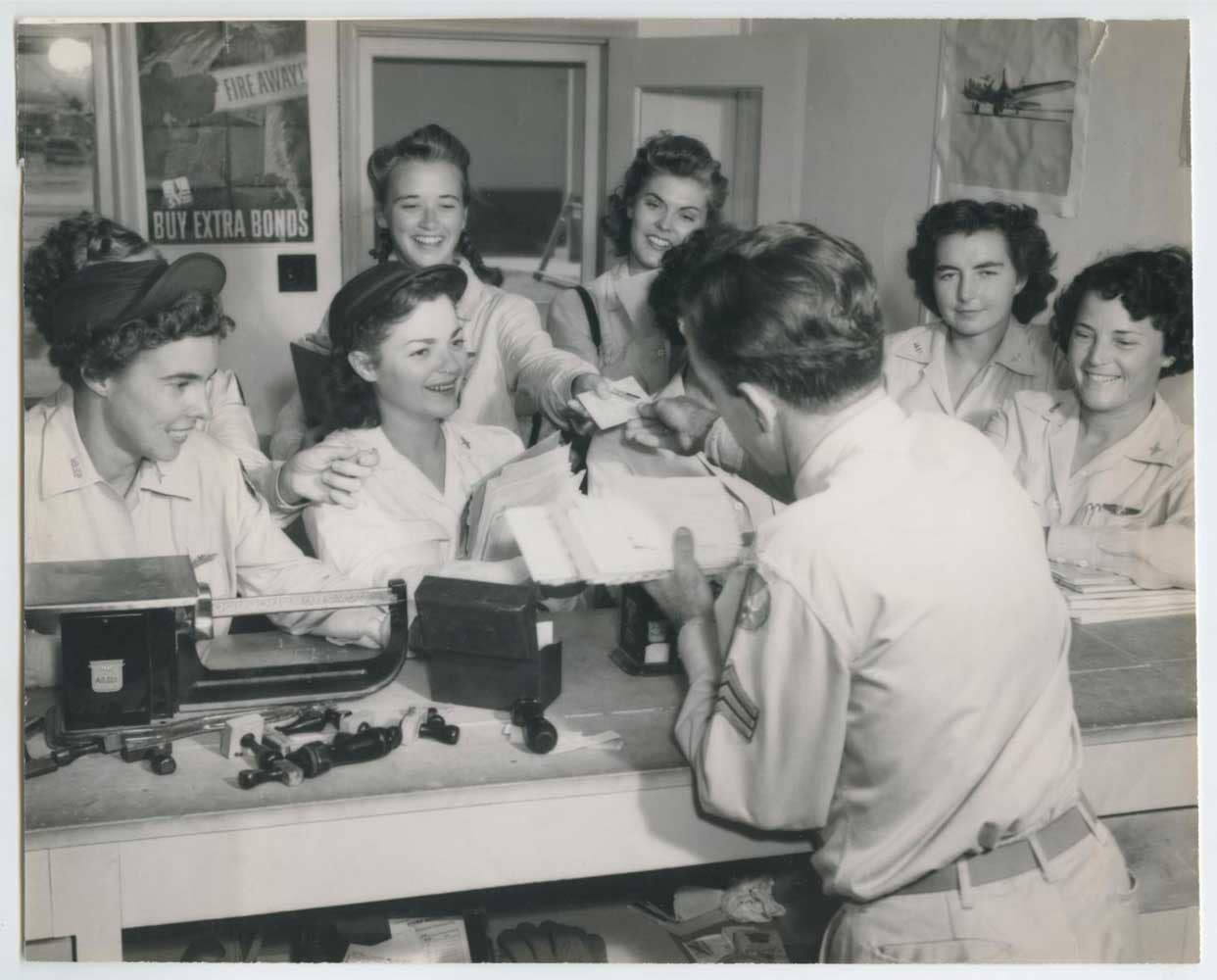
When recalling the names of pioneering innovators who made their mark within the aviation industry and advocated for airpower during World War II, Russian-born émigré Alexander de Seversky may not be the first name to come to mind to most, but he most certainly tops the list. And to those who called him friend and associate, he was known as Sasha.
In an archival photograph dated 1944, Nancy Love poses on a deck by the seashore clad in Santiago Blue WASP uniform. On the photo inscribed in her hand is, ‘To Sasha – a (sic) heroic passenger and old friend. As ever Nancy Love, August 1944.
In another archival photo, Jackie Cochran poses with a broad smile standing by the side of a gentleman, prior to her winning the 1938 Bendix Trophy in an aircraft designed and manufactured by the man. Inscribed and signed in her own hand is, ‘11/13/37, To the master, Sasha. Jackie Cochran.’
But to what acclaim is ‘Sasha’ to be honored with the accolades of two notable and pioneering aviatrices?

A man of steadfast determination and foresight, de Seversky is a legendary figure in the history of civil and military aviation. A tireless advocate for American airpower, Alexander bestowed upon his adopted country (the United States of America) some of the world’s most outstanding aircraft designs and concepts to substantially advance the technology of aviation in the 20th Century. He also helped to support the position of women in aviation.

Born to an aristocratic family in Tiffis, Russia, in 1894, de Seversky was taught to fly at age 14 by his father, Nicholas, who was a Russian aviator. At the onset of World War I, Alexander was commissioned a lieutenant and was shot down by enemy anti-aircraft fire. He was seriously wounded, causing him the loss of his right leg. Fitted with a prosthesis, he persuaded his superiors to fly combat once again and later became an ace downing 13 German aircraft, making him a national hero.
In 1918, de Seversky was sent as a member of the Russian Naval Mission to the USA to study aircraft design and was appointed aeronautical engineer and test pilot. By 1921, he became an advisor to Gen. William ‘Billy’ Mitchel and founded the Seversky Aero Corp. At this time, he met New Orleans socialite and actress Evelyn Olliphant, who became his wife in 1925 and who later was a noted pilot in her own right, helping to test-fly her husband’s airplanes.
By 1937, one of the most influential aircraft designs to come from de Seversky and his design team was the P-35, a forerunner of the legendary Republic P-47. Wanting to sell his new long-distance plane to the US Army Air Corp, he thought the Army would take notice of the P-35 if a female pilot flew it well in a race and he asked Jackie Cochran to fly it in the Bendix Race. She accepted and went on to win the 1938 Bendix Trophy in the Seversky P-35.
After the attack on Pearl Harbor, one of de Seversky’s most visible achievements was the 1942 publication of his book, “Victory Through Air Power’ which became a best seller and later an animated documentary film after it caught the attention of Walt Disney (designer of the WASP mascot, ‘Fifinella’) who in agreement with de Seversky wanted to awaken the Allies to the necessity of strategic air power in combating the advances of the German Luftwaffe and Imperial Japanese during the Second World War. The film was produced by Walt Disney Productions and released by United Artists on July 17, 1943, with de Seversky himself appearing in the film.


At the post production party of Victory Through Air Power, Walt Disney presented de Seversky with a (faux Oscar) trophy. Amongst the many notable guests were Nancy Love, Edward G. Robinson, Jinx Falkenburg, and Spencer Tracy.
While Alexander de Seversky’s achievements in aviation are too numerous to mention here, as a basic outline, more information about this incredible pioneering aviator may be found on the internet, as well accessed at the link:
https://metroairportnews.com/alexander-de-seversky-and-the-renaissance-of-american-airpower/

Written by: Julia Lauria-Blum
Photos courtesy of: Cradle of Aviation Museum/nyheritage.org
About Julia Lauria-Blum:
Julia Lauria-Blum earned a degree in the Visual Arts at SUNY New Paltz. An early interest in women aviation pioneers led her to research the Women Airforce Service Pilots of WWII. In 2001 she curated the permanent WASP exhibit at the American Airpower Museum (AAM) in Farmingdale, NY, and later curated ‘Women Who Brought the War Home, Women War Correspondents, WWII’ at the AAM. She is the former curatorial assistant & collections registrar at the Cradle of Aviation Museum on Long Island and is currently editor-in-chief for Metropolitan Airport News.
Julia is the proud mother of two daughters and a rescued Boxer. Her many interests include swimming, painting, traveling, aviation history, cooking, and storytelling.


